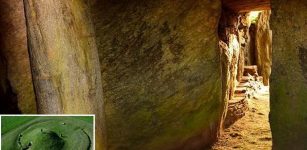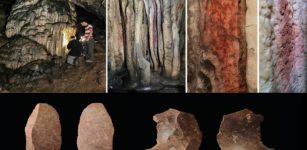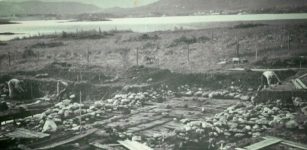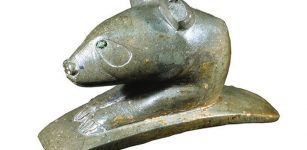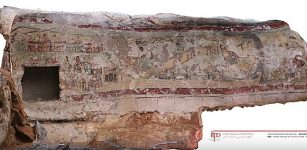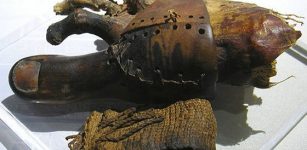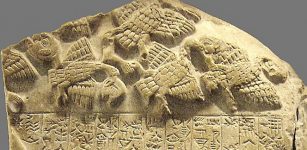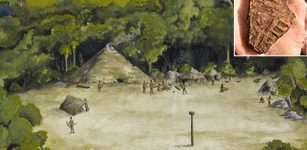Unique Structure ‘Wooden Version Of Stonehenge’ – Identified In The Perdigões Complex, Portugal
Conny Waters - AncientPages.com - Archaeological excavations in the Perdigões complex, in the Évora district, have identified "a unique structure in the Prehistory of the Iberian Peninsula".
It is a "ceremonial construction", a type of structure only known in Central Europe and the British Isles, according to the archaeologist, with the designations as 'Woodhenge', "wooden versions of Stonehenge", or 'Timber Circles' (wooden circles).
António Valera, the archaeologist in charge of the excavations told the Lusa agency, that it was a monumental wooden construction, of which the foundations have been preserved. The structure includes a circular plan and more than 20 meters in diameter".

The structure now identified is located in the center of the large complex of ditch enclosures in Perdigões and "articulates with the visibility of the megalithic landscape that extends between the site and the elevation of Monsaraz, located to the east, on the horizon", writes The Portugal News.
"A possible access to the interior of this structure is oriented towards the summer solstice, reinforcing its cosmological character", said Valera, stressing that "this situation is also known in other European countries as 'woodhenges' and 'timber circles', where astronomical alignment entrances are frequent, underlining the close relationship between these architectures and the Neolithic views of the world ".
It is a valuable discovery and it reinforces the already high scientific importance of the Perdigões enclosure complex in the international context of European Neolithic studies. The structure has already its increasing heritage relevance, and since 2019, it is recognized as a National Monument.
This ancient archaeological site has been excavated for 23 years by national and foreign groups of researchers.
Perdigões is a 16-hectare site with many concentric ditched enclosures built and inhabited for about 1,500 years, between 3400 and 2000 B.C. It lies in a natural amphitheater, open to the East, with entrances aligned to the rising sun at summer and winter solstices.
See also: More Archaeology News
The site was first identified in the 1980s and has been the subject of continuous research since 1998. It is one of the most important sites in the Iberian Peninsula for research about the development of social complexity in Neolithic Europe.
The site has a chronology of about 1400 years, since the end of the Middle Neolithic (around 3400 BC) and the beginning of the Bronze Age (around 2000 BC).
Written by Conny Waters - AncientPages.com Staff Writer


